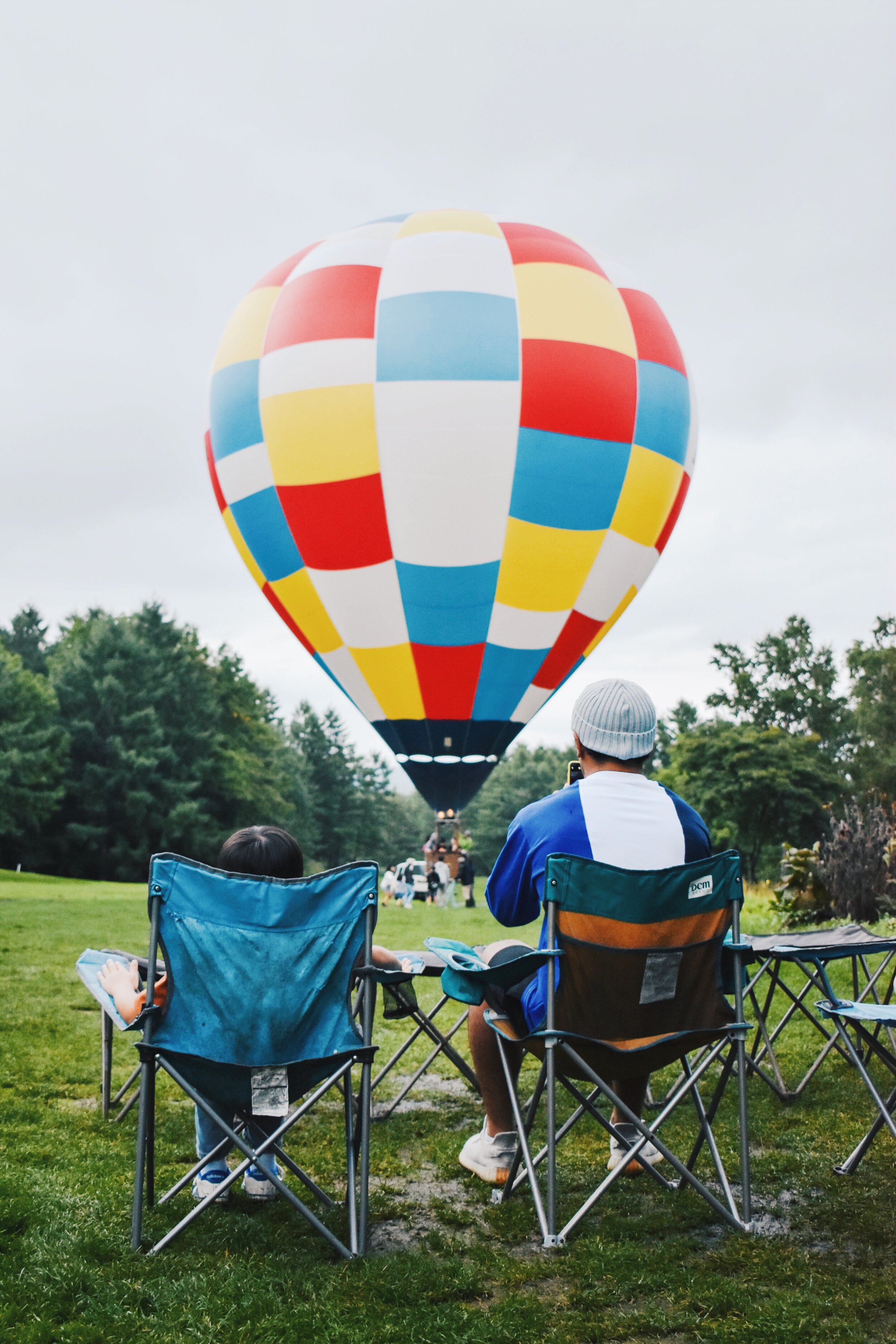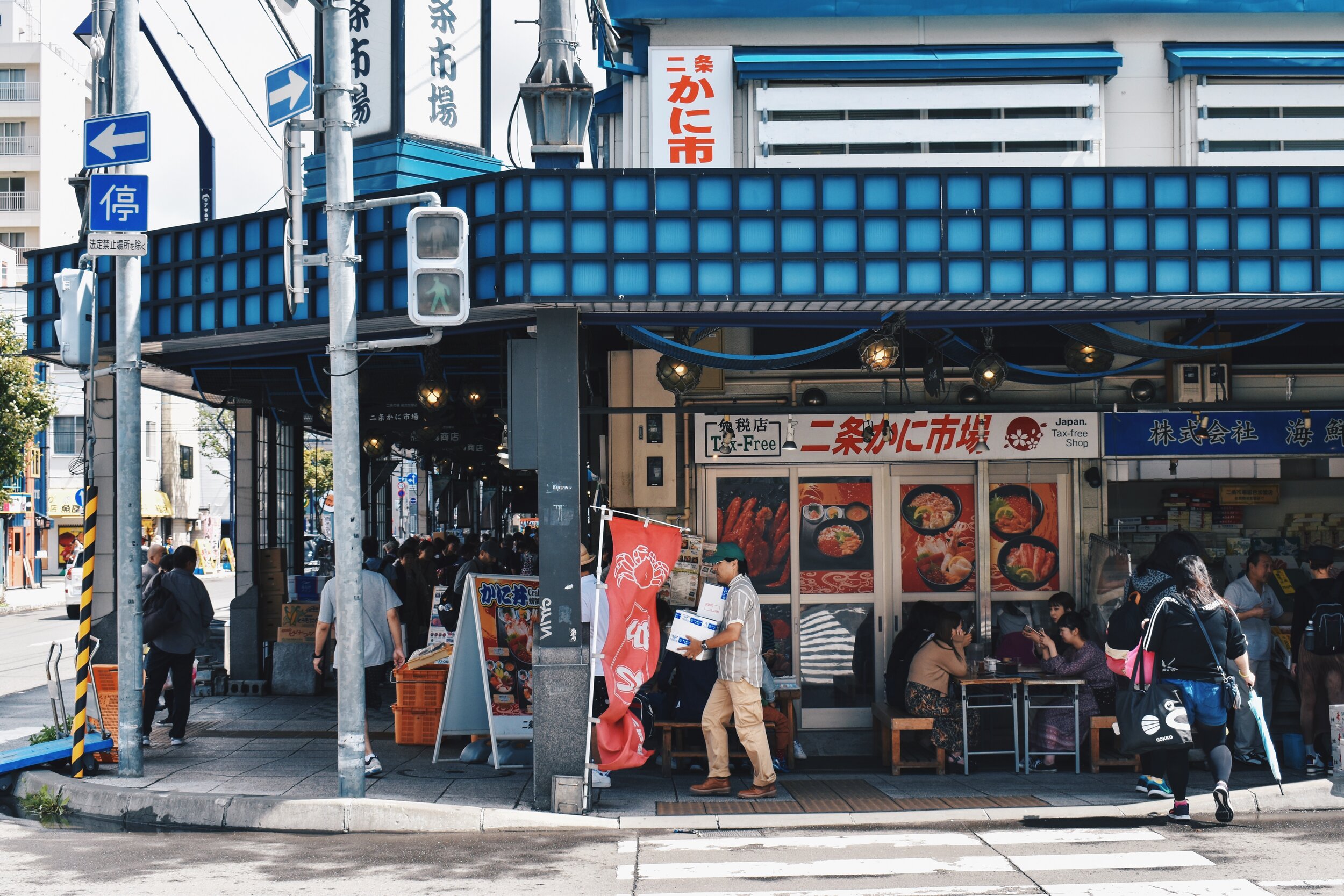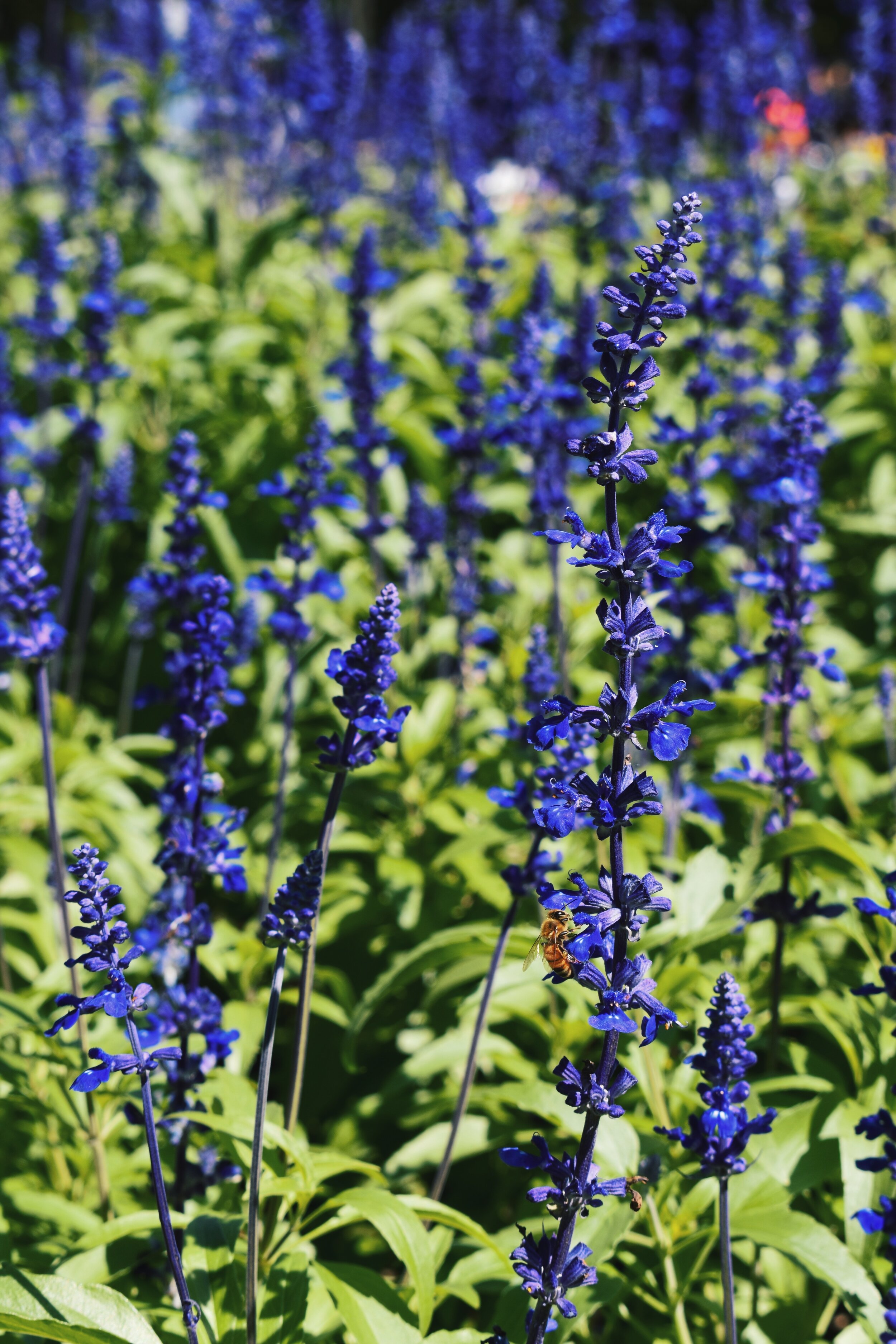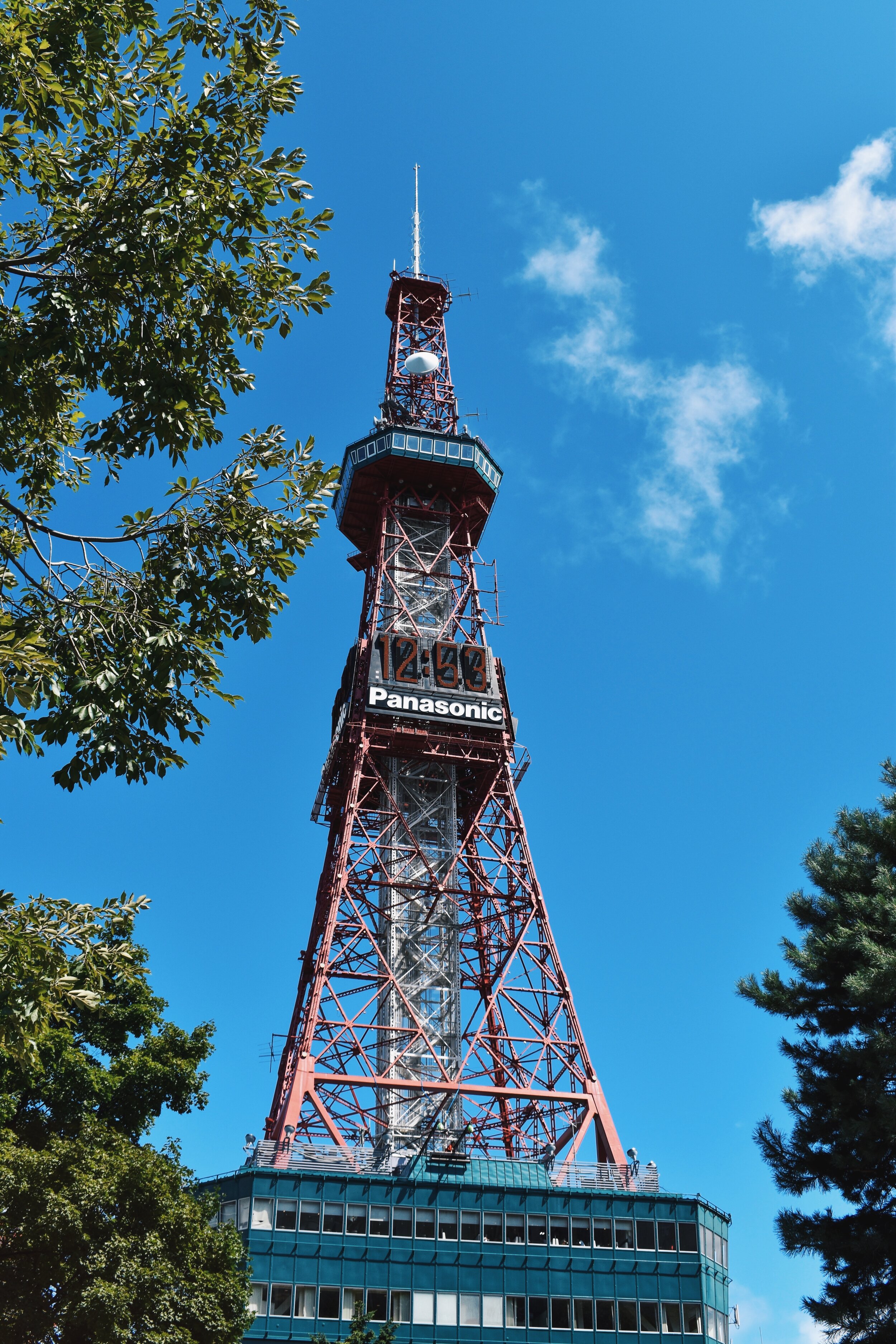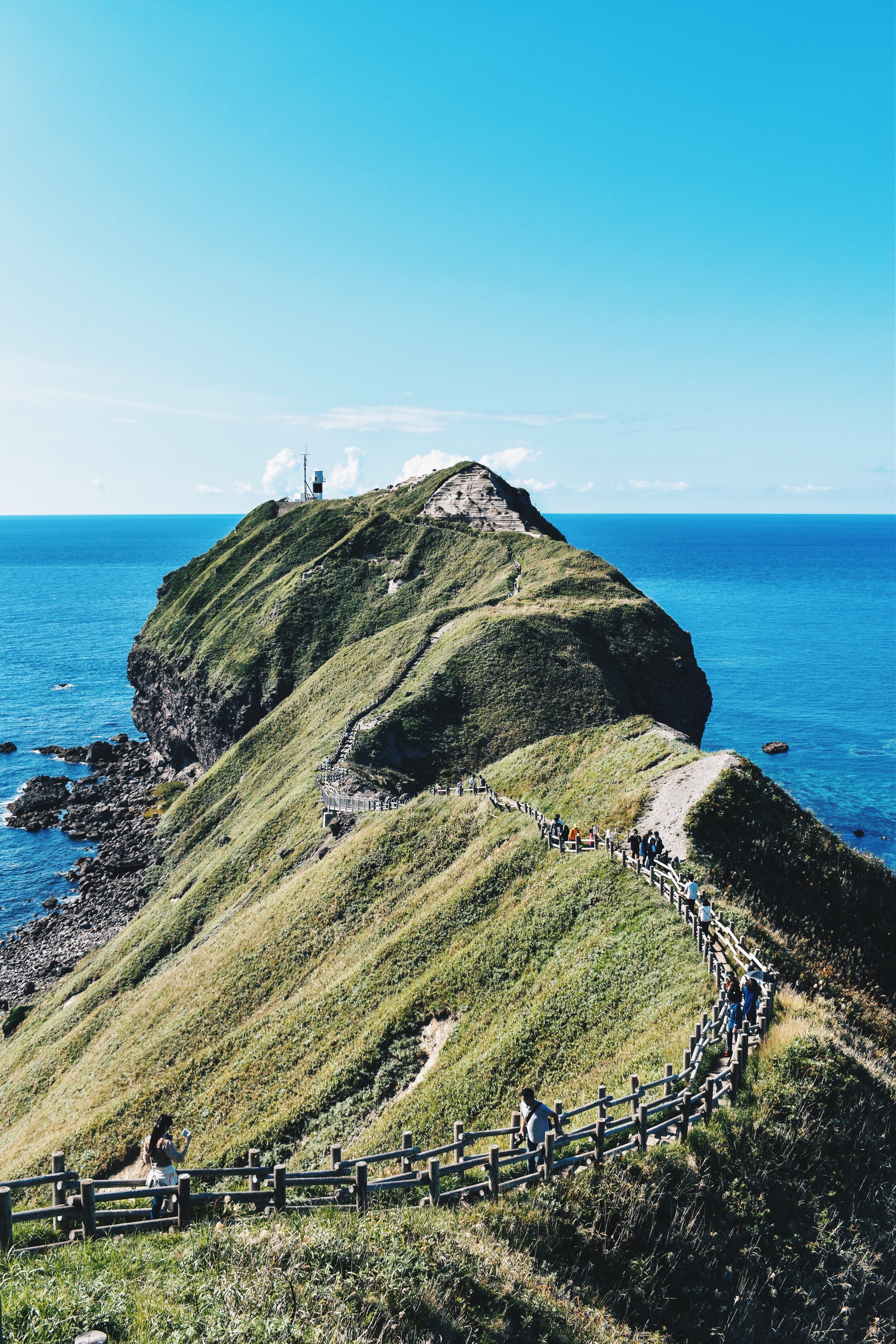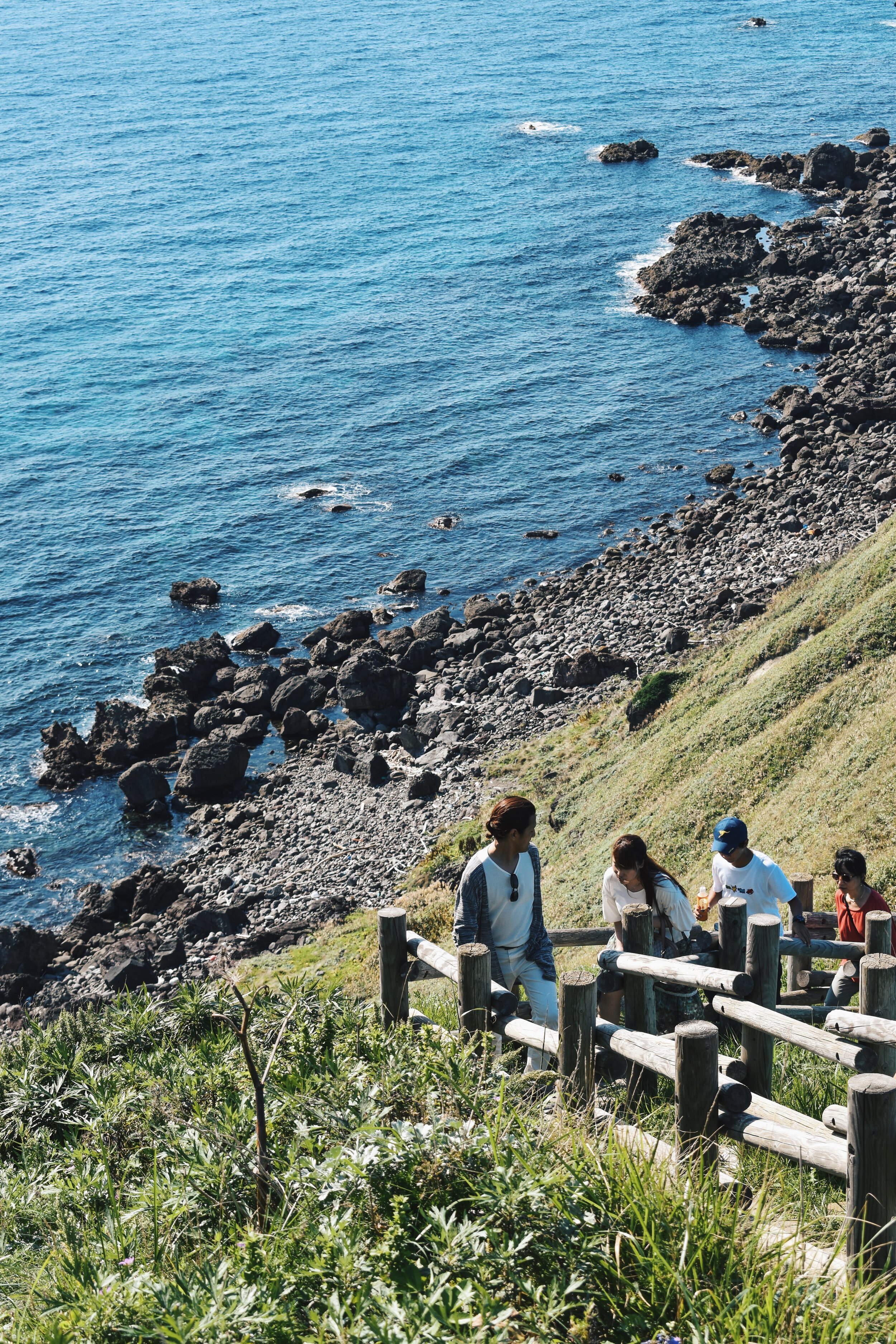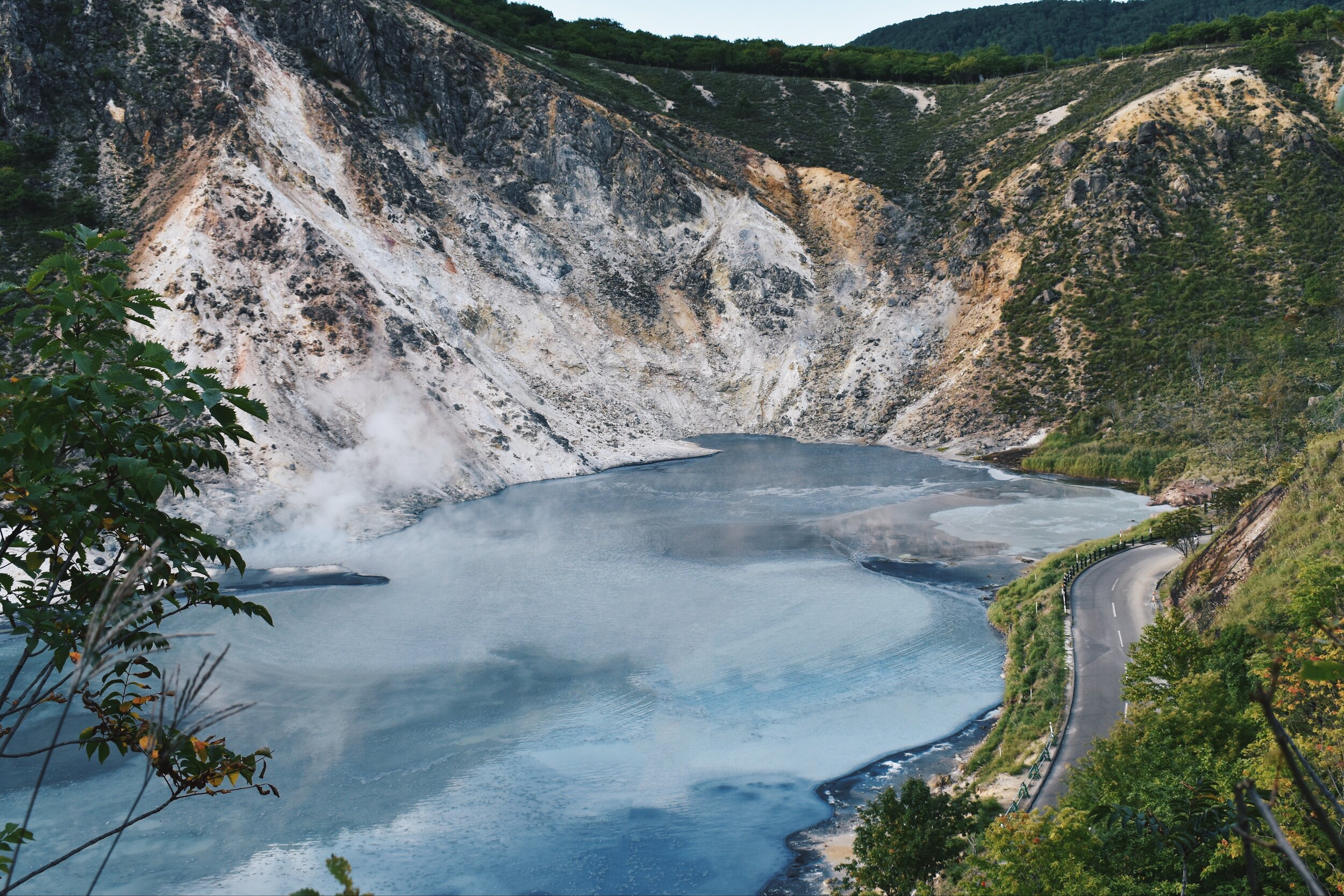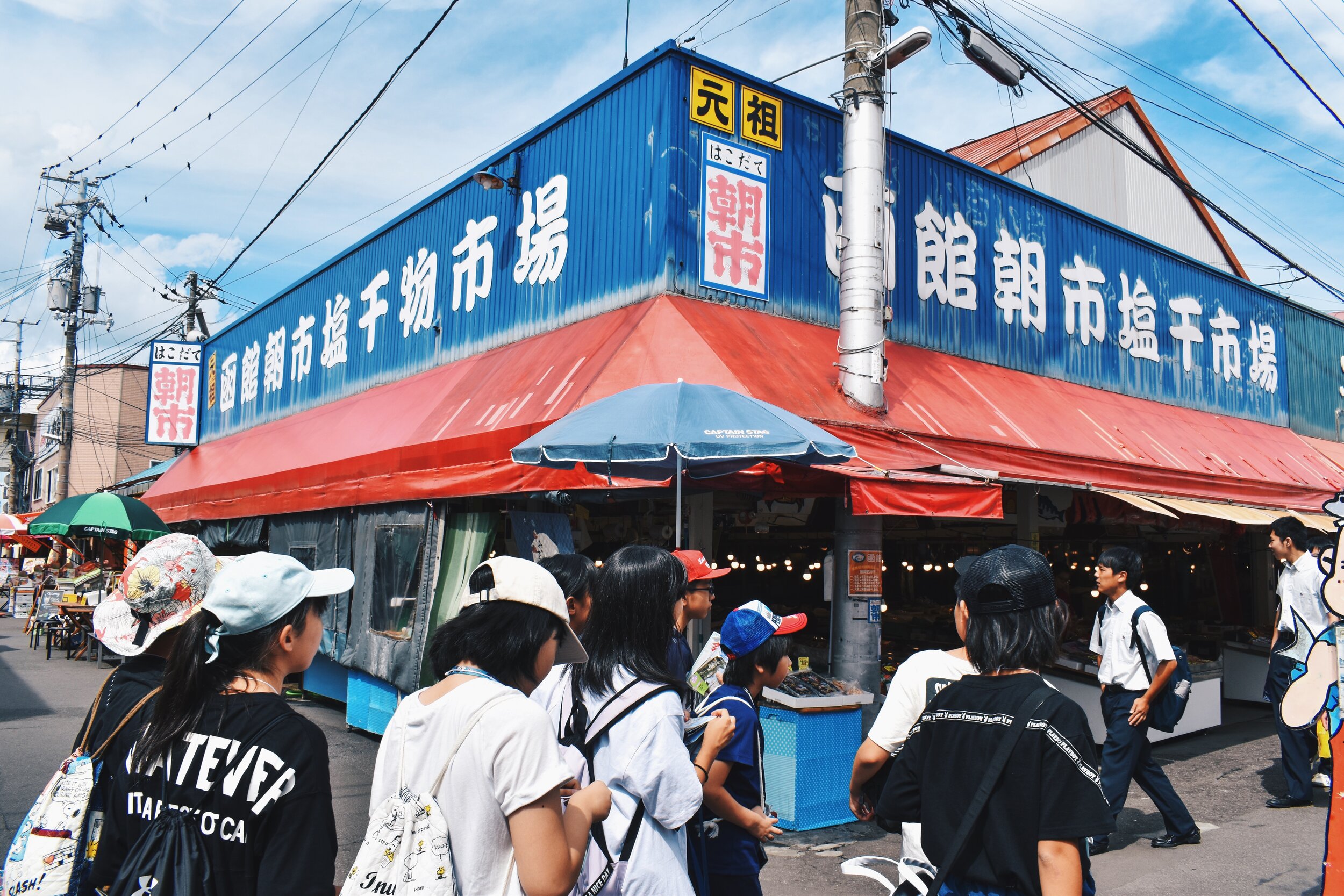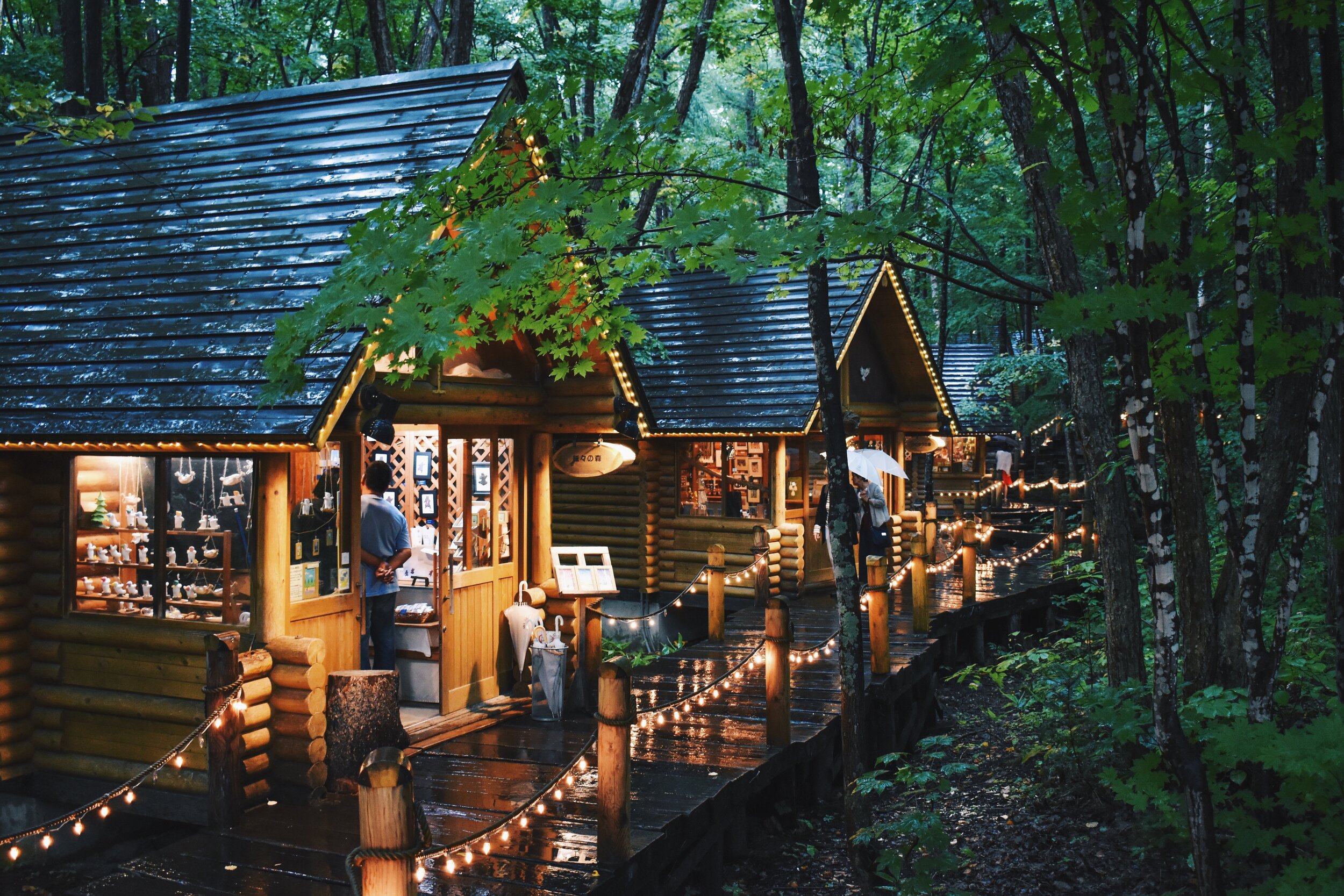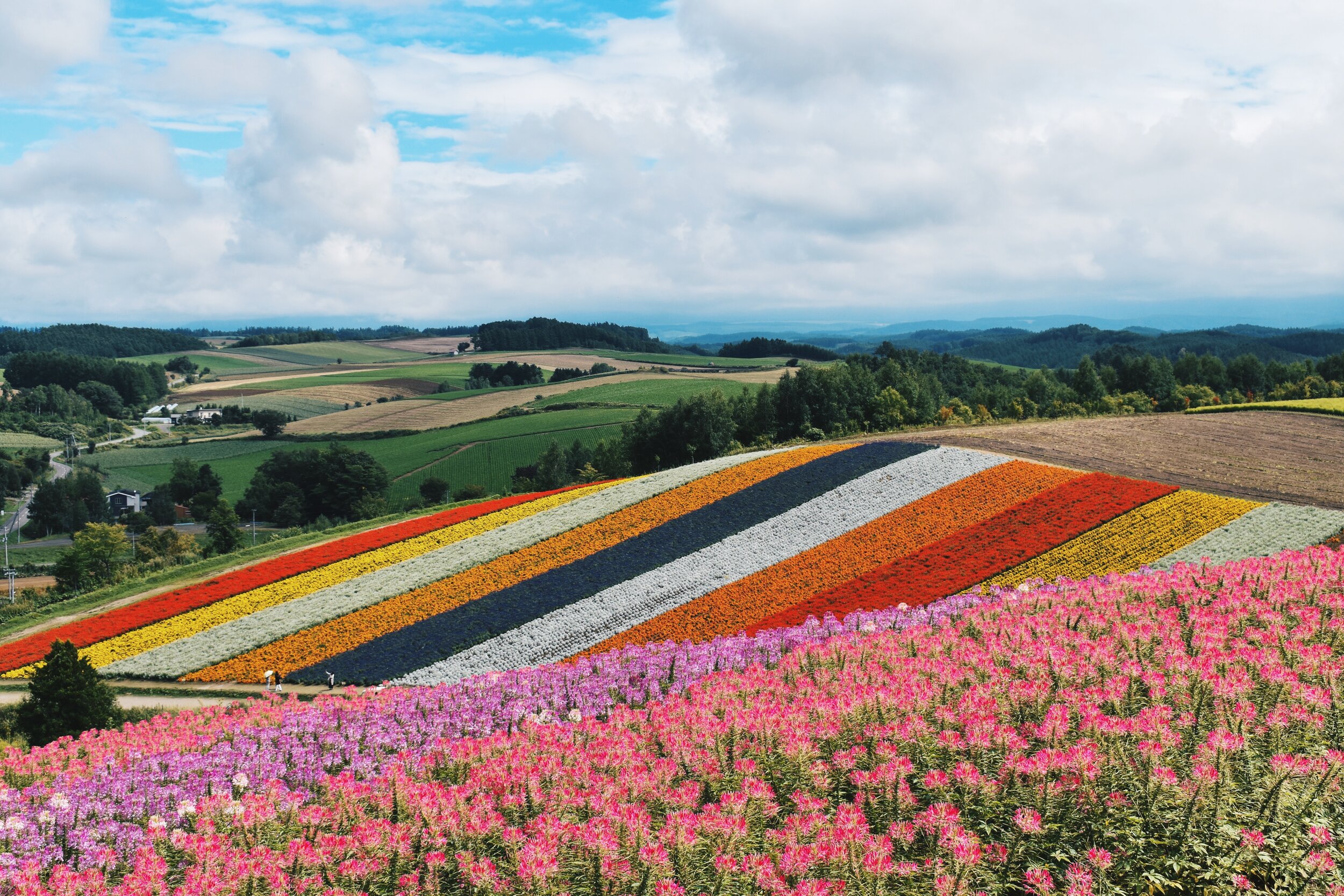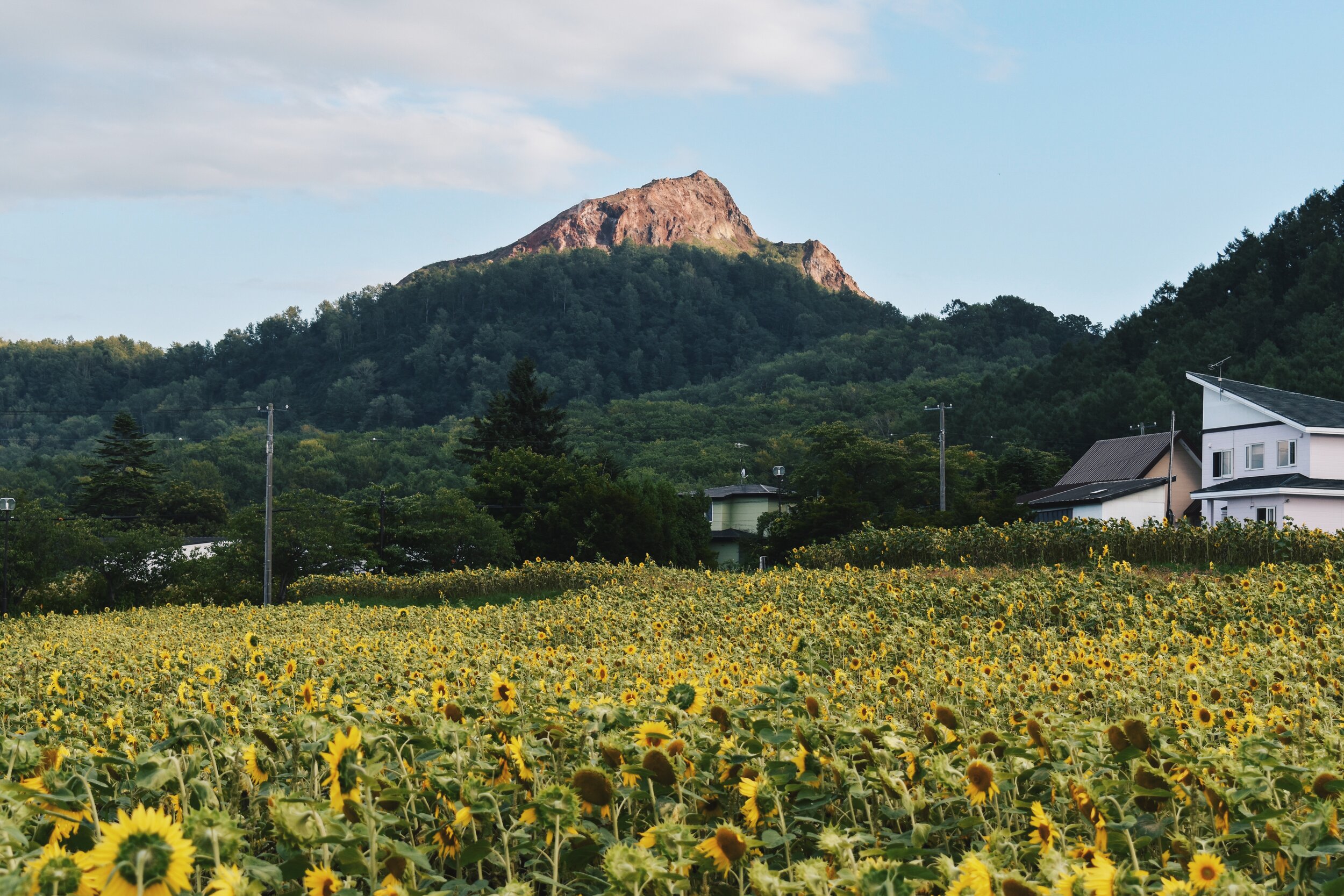A Complete Self-Drive Itinerary to Hokkaido | Summer Edition

Over one-fifth of all landmass in Japan is occupied by the northern prefecture of Hokkaido. Yet, much of it still remains rural and largely untouched, a stark contrast from the urban centres of Tokyo and Osaka. Gifted with incredible scenery and natural sights, this island attracts many visitors every year both international and domestic.
Because of the huge distances between places, the best way to explore Hokkaido would be on a road trip, and just like Okinawa, Hokkaido is easy to drive in once you’ve gotten the hang of things.
Read: What It Was Like Driving in Okinawa; A Guide to Tolls, Parking, Rules & Habits
Read: A Complete Self-Drive Week-Long Itinerary to Okinawa & The Best Places to Eat
In this guide, I’ve pieced together an itinerary full of sights to tick off on the Hokkaido bucket list, as well as some of my personal favourites.
As an aside, should you need a visa to travel in Japan, iVisa is a wonderful service to use— both easy and traveller-friendly!
Of course, Hokkaido being this far north means what you see in every season will be different, and therefore this will be a summer-focused itinerary. Apart from winter activities like skiing and Snow Festivals though, most itineraries of the island revolve around these unmissable landmarks.
As this is a relatively condensed itinerary, if you’re planning to spend more days in some of these cities, click through the links to the travel guides for specific cities and towns in Hokkaido below!
Read: What to See & Do in Hokkaido’s Capital City of Sapporo
Read: A Guide to Otaru, a Beautiful Day Trip out of Sapporo
Read: Unmissable Things to See & Do in Hokkaido’s Port City of Hakodate
Read: A Guide to What Noboribetsu Onsen Town has to Offer
Day 1 (Sapporo)
You’ll most likely be flying in via Sapporo, Hokkaido’s capital city and Japan’s fifth largest.
Unlike much of Japan’s other cities, Sapporo is a relatively young one, meaning it’s highlights are less old parts of towns and old world shrines from centuries past, but a young and energetic city with plenty to see and eat your way through.
The best of Sapporo can be done within a day, but I’d recommend at least 2 days so you get a proper feel of the city.
Read: What to See & Do in Hokkaido’s Capital City of Sapporo
Start your morning at Nijo Market and enjoy some of the city’s freshest catch of the day.
Then, head over to Odori Park, the beating heart of Sapporo. Depending on the time of year, Odori Park has seasonal festivals, and is therefore always bustling. The colder months usher in the Sapporo Winter Festival, usually held over 7 days in February. The warmer months see the park transform into a lively outdoor eating and drinking area, with the Summer Festival seeing the park play host to a Beer Garden.
A short walk away will bring you to some famous monuments in Sapporo’s downtown, such as the Sapporo Clock Tower and Former Hokkaido Government Office.
Time your visit to see the Sapporo TV Tower closer towards sunset as the views from the observatory deck at the TV Tower are incredible.
End your evening at Susukino, Sapporo’s famous entertainment district which is several streets down from the TV Tower. There’s plenty to eat here, including the famous Ramen Alley where you’ll find many noodle shacks.
Day 2 (Sapporo)
In the morning, head over to Maruyama Park to enjoy a quieter side of Sapporo. The Hokkaido Shrine grounds are within the park as well where many religious processions happen.
Who knows, you might be able to catch a wedding ceremony like how I did!
The Shinto shrine honours four deities, including Emperor Meiji.
Then, drive over to the Ishiya Chocolate Factory to learn more about Hokkaido’s most famous souvenir, the Shiroi Kobito biscuit.
The Chocolate Factory is a place that is great for families or couples.
Then, you can choose between Mount Moiwa Ropeway or Mount Okura Ski Jump Observatory Deck for some stunning views of the Sapporo cityscape. Once again, time your visit such that you can watch the city lights come to life by night.
End your day at the Sapporo Beer Museum, where you’ll learn about Hokkaido’s most famous beer label, and one of Japan’s favourites. Pair that beer with all you can eat barbecue joints at the lively restaurants next door at the Sapporo Beer Garden.
Day 3 (Otaru, Cape Kamui)
From Sapporo, drive just under 2 hours to Cape Kamui on the stunning Shakotan Peninsula. This is one of Hokkaido’s most scenic routes, as you’ll be driving along the waters where you’ll really get to appreciate the blues of Hokkaido’s colour palette. Get there early as the observatory deck closes at 4:30, and they generally stop letting cars in by about 4pm.
On your way up from Sapporo, stop by 食堂うしお for a wonderful seafood lunch, and is one of the highest rated syokudo and teishoku restaurants in the area. You’ll know the moment you step through the doors as this place packs out for lunch.
Then, continue driving up along the coast to Cape Kamui, which requires about an hour to fully explore.
Cape Kamui on a day of good weather is truly stunning. If you stop for many photos, which no one will blame you for, you can easily spend a few hours here.
Try your best though, to get back down to Otaru by sunset.
A quaint port town that is an easy and beautiful day trip from Sapporo, it takes about 1 hour and 20 minutes on the road to drive from Cape Kamui to Otaru.
Life is centred about the stunning Otaru Canal, where you’ll be able to take river cruises up and down the canal.
Don’t miss some of Hokkaido’s best pastries on the atmospheric Sakaimachi Street, such as LeTAO. The street is also occupied by some beautiful buildings that have been preserved due to historical importance and cultural value, and gives Otaru it’s one of a kind atmosphere.
Take things slow and enjoy the rest of the city with the rest of the evening and night, and there are plenty of restaurants and beautiful cafes here.
The ones around Otaru Canal will naturally be more expensive, but there’s plenty more to choose from downtown.
Day 4 (Noboribetsu)
You can’t miss Noboribetsu, Hokkaido’s most famous hot spring town with plenty of natural attractions.
The biggest attraction here is Jigokudani, also known as Hell Valley.
Read: A Guide to What Noboribetsu Onsen Town has to Offer
Volcanic activity, accompanied by the smell of sulphur, as well as the colour palette of the Valley will whisk you a world away to what feels like another planet.
Views here are appropriately surreal, and hiking trails branching out here will take you to a volcanic pond and foot bath where you can enjoy Mother Nature’s hot springs in a completely natural environment.
If you’ve still got more time to spare, drive down to Cape Chikyu to enjoy more coastal views.
Exploring Noboribetsu will take a full day, but there aren’t many highly rated restaurants around the Hell Valley area, so drive a little further down to やきとり一平 登別店, a busy yakitori joint. Best part of it all is that unlike many other yakitori or barbecue joints, this place is properly ventilated, meaning you won’t walk out smelling like grilled meat.
Day 5 (Hakodate)
Begin your day early as the drive down to one of Hokkaido’s major cities, Hakodate, will take just over 2.5 hours from Noboribetsu.
Located on the southern tip of Hokkaido, Hakodate is famous for many postcard views of Hokkaido.
Once in Hakodate, it’s highlights can be covered in about a day or so.
Read: Unmissable Things to See & Do in Hokkaido’s Port City of Hakodate
Regardless, you should start your day at the Hakodate Morning Market, a popular market with fresh produce and the place to enjoy seafood.
There are so many restaurants to choose from here that it is impossible to leave hungry.
Then, head to the Motomachi district to spot grand and foreign-looking buildings.
The history of Motomachi is tied directly with the history of the city itself, as one of the first few Japanese cities to open up to foreign trade after the Era of Isolation. The Motomachi district is where foreigners settled, bringing their culture into the neighbourhood.
Some must-sees include the Russian Orthodox Church, Former British Consulate, and Old Public Hall of Hakodate Ward.
Be sure not to miss the view from Hachiman Zaka Slope when you’re in Motomachi, as this is one of the most famous views of Hokkaido, especially with the bay out in the background.
End your night at Mt. Hakodate, the most famous attraction in the city.
This also means that it will be very crowded.
Bus loads of tourists come from evening on to enjoy the sunset and it stays busy till closing, especially on the top observation deck where you’ll have to squeeze your way through to get to the railing.
After getting your fix of the iconic night view, head back into town to the Kanemori Red Brick Warehouse, a shopping complex located in stunning red brick warehouses from the 1800s to do a spot of souvenir shopping or enjoy the illuminated lights.
Day 6 (Lake Toya, Furano)
From Hakodate, it’s 2.5 hour drive to get to Lake Toya, a stunning volcanic caldera lake located in the Shikotsu-Toya National Park.
There are several restaurants in the little town centre as well and many of them are highly rated, so stop by one of the restaurants here for lunch.
Consider Boyotei Restaurant, a fusion Western and Japanese joint that’s popular.
There are also several lookout points all along the lake, but the most famous one is the Shikotsu Toya National Park Silo Observatory Deck from where you’ll get a stunning overhead view.
After several hours in Lake Toya, take a 3.5 hour drive to Furano, an absolute must-see of central Hokkaido.
It’ll be sundown by the time you reach Furano, so head to Ningle Terrace, a group of small wooden cabins in the woods (easily accessible and a staircase down from the parking lot), which is absolutely stunning when the lights come on at night.
There are several craft shops and cafes here, so if you’d like to pick up some one of a kind souvenirs from local craftsmen, this is the place to do so. Otherwise, even just a walk through is a pleasant one. In the summer, it genuinely felt very Christmassy still, so imagine the place in December!
Day 7 (Furano)
It’s time to hit the iconic flower fields of central Hokkaido, and one of the most famous farms has to be Farm Tomita.
The farm is most famous for it’s fields of lavender, but bear in mind the peak time to see them are from mid-July to early August, but generally you might still be able to catch a few from late June onwards.
When we got there, it was already the end of August, and thus we didn’t get to see any lush lavender fields at all.
However, the farm also cultivates and grows many other flowering species so you’ll still be able to get some stunning photos too, just not lavender in particular.
Still, you can always shop for lavender-themed souvenirs from soaps to cakes, and enjoy the iconic lavender soft serve ice cream.
After Farm Tomita, head to the Blue Pond of Biei, another iconic Hakkaido photo op. Depending on the season, the actual colour of the waters change because of factors such as the minerals in the water and melting snowfall etc., and the cobalt blue is generally at its most intense from mid-May to end-June.
The pond is man-made, originally built as part of an erosion control system from Mount Tokachidake’s eruptions to protect the town of Biei, however the blue comes from the minerals that have dissolved in the water. And of course, the surreal landscape of the Blue Pond has largely fuelled tourist interest in the area.
And also, that Mac screensaver.
Then, take a 20 minute drive to Shikisai No Oka, another iconic flower field in Furano.
The panoramic flower gardens provides stunning colours of neatly planted flower fields throughout the different seasons, which means you’ll always be able to see something stunning no matter when you go, though the best time is still from Spring to Autumn.
There’s a farm tractor ride you can take if you choose not to walk the fields, but unless anyone in your party has mobility issues, it is more a tourist trap than anything as it is a very short ride and does not take you up close to the actual flowering fields, just to a spot with an overhead view which you can simply walk to anyway.
Day 8 and Beyond
Of course, this itinerary is designed to hit all the highlights, but that underestimates Hokkaido’s sheer vastness. Driving for so many hours a day was tiring, so you may or may not be able to pack in so many things in the itinerary every single day, and especially not if you’d like to take your travel a little slower.
However, if you’re still looking for things to see and do, there’s also the underrated Eastern half of Hokkaido fewer tourists make it out to.
Furano is largely considered the gateway to Eastern Hokkaido, and there are also some other famous national parks, stunning lakes, hot springs, opportunities for wildlife spotting and flower fields.
Eastern Hokkaido is home to four national parks:
Daisetsuzan National Park
Kushiro-Shitsugen National Park
Akan-Mashu National Park
Shiretoko National Park
The Higashimokoto Shibazakura Park is also famous for the iconic fields of pink, red and white thanks to the flowering Shibazakura (Moss Phlox). However, bear in mind that full bloom is from early May to early June, and when we dropped by at the end of August, the fields were completely barren and the park completely deserted, and there weren’t other flowering species to admire instead.
Then there is also the Kamiyubetsu Tulip Park, which likewise is best visited from early May to early June. The sight of fields of colourful tulips and windmills does present a very different sight not the most common in Japan.
If you’re in town in mid-July, there are several sunflower fields in mid-July that are must-sees, and you can check out the full list here. There are also a number in central Hokkaido.
Where to Base Yourself in Hokkaido
Given Hokkaido’s vast distances, you have to choose different towns to base yourself in, and we decided to go with Airbnb so here’s where we based ourselves for the different areas we visited.
Sapporo — For Sapporo, Otaru, Cape Kamui
Noboribetsu — For Noboribetsu, Lake Toya
Hakodate —For Hakodate
Asahikawa — For Furano, Biei and Eastern Hokkaido
Perhaps it was just during the timing I visited, but apartments in Furano and Biei were either incredibly expensive or didn’t look very good, and therefore we ended up in Asahikawa which was a fine enough base but not a terribly exciting city.
Of course, this is an itinerary where you fly in and out of New Chitose Airport, but if you can afford to, fly in and out of Hakodate and New Chitose respectively instead, as Hakodate is a far drive down south and if you can avoid circling back up, that would be best.
Hokkaido Overall
Hokkaido was tiring, with the vast distances and short periods of time you actually get to spend in each place.
After a few days, it does wear you out.
As for the best car rental company in Hokkaido, there are several to choose from, and I went with OTS, the same company I went with in Okinawa as they offered the best prices for the car category I wanted.
We rented the ETC card as well as the highway pass, which is really a day pass for your total time renting a car. This pass is only available for foreigners and I would highly recommend it as Hokkaido’s expressway tolls are very expensive, and considering you’ll be constantly entering and leaving new major towns, toll fees will reach an eye-watering sum.
And while you can take the slower roads to avoid tolls, bear in mind this will add on quite a lot to your travel time.
Even with expressways, I got sick of driving such long distances after a while, so I wouldn’t recommend taking the slower roads at all.
All in all though, if stunning natural scenery and road trips are your game, Hokkaido is the perfect place to be.
